The State of Social Inclusion in Nepal: A Study of Time Allocation (SOSIN-SOTA)
Although Nepal has made consistent efforts to cultivate an inclusive society over the past decades, its prevailing traditional caste system, patriarchal norms, and religious practices continue to foster exclusionary practices against women and those belonging to lower castes and ethnic groups. Indigenous Peoples, Madheshi, Dalits, and Muslims experience discrimination based on stigmatization of cultural identity and language, caste hierarchy and untouchability, skin tone, region, religion, gender, and regrettably remain socially excluded in Nepal. As a result, they lag behind other non-excluded groups across various development indicators, including poverty, employment, land rights, education, health, and political representation. For instance, 42 percent of Dalit live below poverty, even though Nepal’s poverty rate has declined dramatically to 25.2 percent (International Dalit Solidarity Network, 2021). The 2022 Nepal Demographic Health Survey indicates that 26 percent of women aged 15-49 have no education, compared to only 8 percent of men.
The State of Social Inclusion in Nepal: A Study of Time Allocation (SOSIN-SOTA) Project seeks to deepen our understanding on how social exclusion and gender inequality affect time allocation among women and men from the top 20 percent most included and bottom 20 percent most excluded castes and ethnic groups. Using both qualitative and quantitative data, we provide rich insights into various critical aspects of time and labor allocation, such as time use in work and non-work activities, household division of labor, work intensity, time poverty, and time-related barriers and challenges experienced by excluded and included women and men.
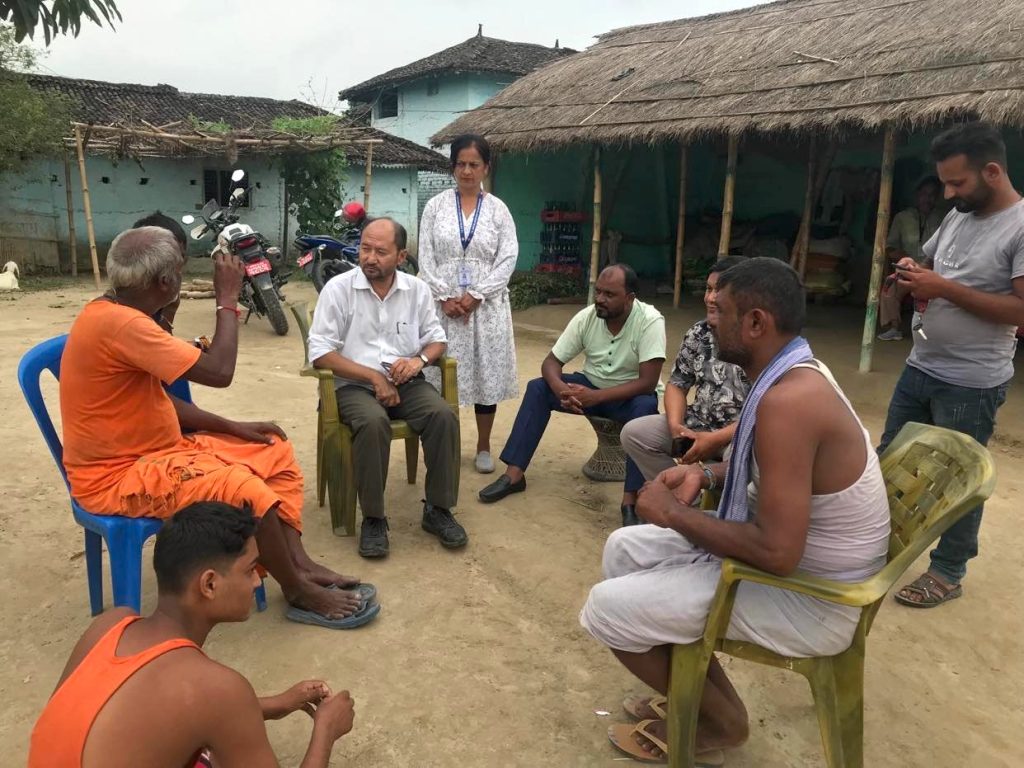
Our quantitative and qualitative assessments indicate that, while Nepalese men from both excluded and included groups allocate substantially more time in paid labor to market work, Nepalese women do have higher total work hours because they contribute more time in domestic and care tasks (for example, cooking, cleaning, washing, childcare, and fetching firewood and water) in addition to their income-generating responsibilities. Women with family members who require special care and attention have additional workload and added time pressure and stress and are more likely to multitask. Women with dependents often lack time for non-work activities including personal care and are more likely to be time poor than their male counterparts.
In Nepal, caste and ethnic identity continue to define one’s occupation. Caste and ethnic belonging as well as the associated occupation of the group plays an important role in determining household division of labor. Compared to those in the excluded castes and ethnic groups, those at the top of the social hierarchy, especially those who are educated, allocate more time towards formal, higher paying, more secure, or salaried occupations (e.g., teachers, civil servants, nurses, and doctors). On the other hand, women and men from the bottom of the social hierarchy contribute more time in strenuous, low paying, and hazardous jobs namely wage labor in farm or non-farm work (e.g., planting, plowing, cleaners, sweepers, and working in the cremation ground). In particular, excluded individuals living in agrarian households experience acute time constraints with no time for rest and other activities during planting and harvesting seasons.
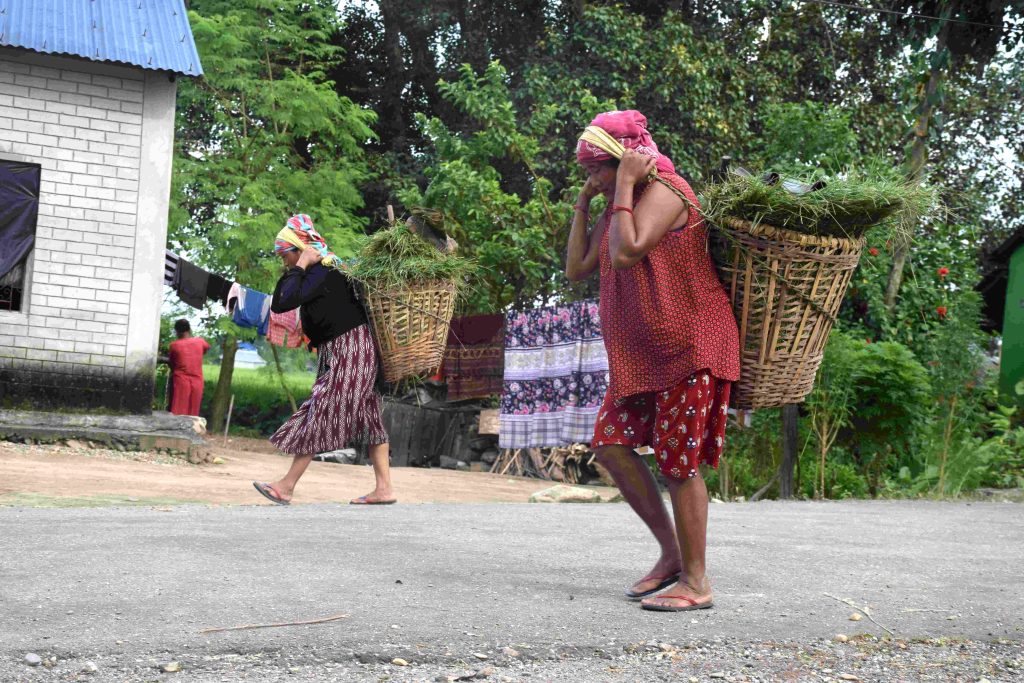
In terms of non-work activities, both women and men from the included social groups allocated more time towards community service and volunteering activities, leisure, and eating and drinking than those from the excluded social groups. For instance, men from the upper castes and ethnic groups involved in salaried work start their day with morning walks, badminton, yoga, and religious rituals. Both women and men belonging to the bottom 20 percent most excluded groups, namely women, have less time for non-work activities and are more probable to live in time poverty than those belonging to the top 20 percent most included castes and ethnic groups. Many of these excluded women engage in overlapping activities by combining work with socialization. For instance, Muslim women frequently gather in groups to collect firewood and fodder, allowing them to engage in extended conversations and exchange life stories.
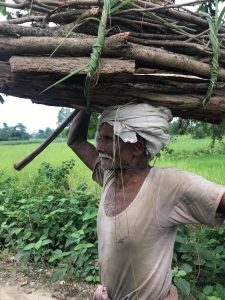
Increased access to developmental infrastructure like transportation, electricity, drinking water, and cell phones has a crucial role in saving time and reducing physical toil for individuals from both excluded and included groups. Except for the Chepang, Jirel, and Kewat, households from all other groups can reach the market often on paved roads within an hour. The use of liquefied petroleum gas (LPG) stoves for cooking has become common in urban areas and among richer families in the countryside. LPG is not only helpful in cooking food in less time but also in saving time on collecting firewood and water. Access to drinking water has also greatly helped save time for women in rural areas. Men and women from all groups reported that development infrastructure has substantially lessened their physical labor. For the included groups who live in urban areas and better-served locations, and those who have information and resources, the benefit is much higher. However, development infrastructure brings benefits in different ways for excluded and marginal households from Dalit and Indigenous communities who reside in inaccessible areas.
Based on our findings and issues identified in our project, policies that aim to foster social inclusion and gender equality should target a reduction in total workload as a key policy priority to reduce women’s and those from excluded groups’ vulnerability to time poverty. Expansion of basic infrastructure in remote areas can help lessen time poverty by reducing the time it takes to access these spaces. Likewise, upgrading skills and knowledge of those working in low-wage occupations can lead to wage gains among the excluded individuals, allow them to integrate into higher-paying jobs, and reduce their long working hours.
References:
International Dalit Solidarity Network. Nepal: UN Poverty Expert Says Caste Discrimination Is ‘The Single Most Important Factor’ Explaining Why Dalits Are Disproportionately Affected by Poverty.” Accessed October 2, 2023. https://idsn.org/nepal-un-poverty-expert-says-caste-discrimination-is-the-single-most-important-factor-explaining-why-dalits-are-disproportionately-affected-by-poverty/.
Ministry of Health and Population [Nepal], New ERA, and ICF. 2023. Nepal Demographic and Health Survey 2022. Kathmandu, Nepal: Ministry of Health and Population [Nepal].

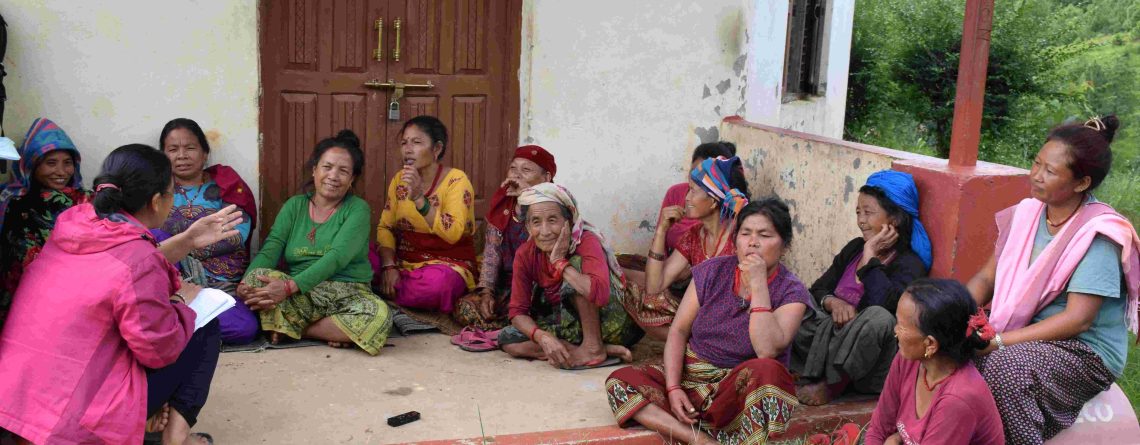


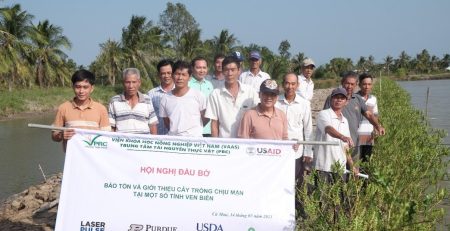
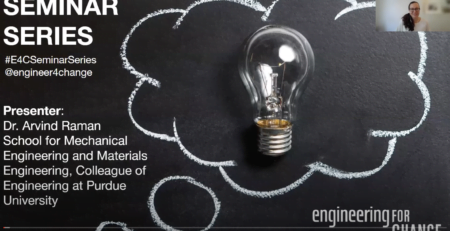
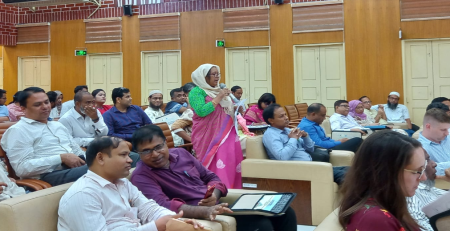
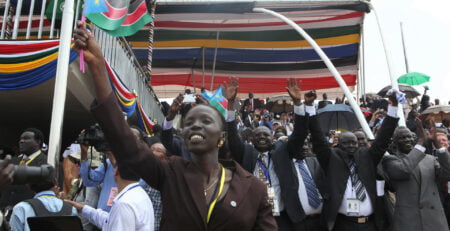

Leave a Reply
You must be logged in to post a comment.